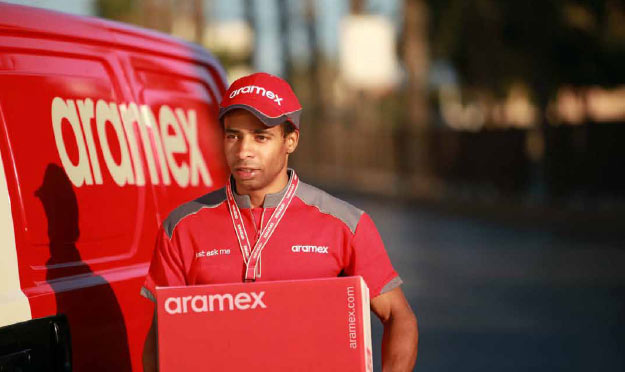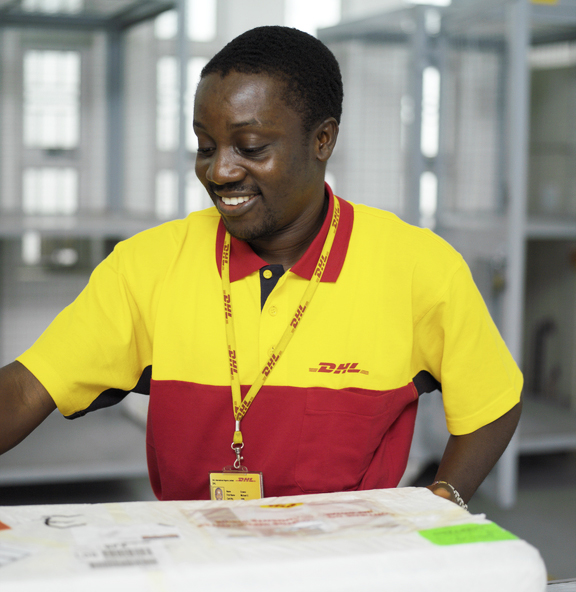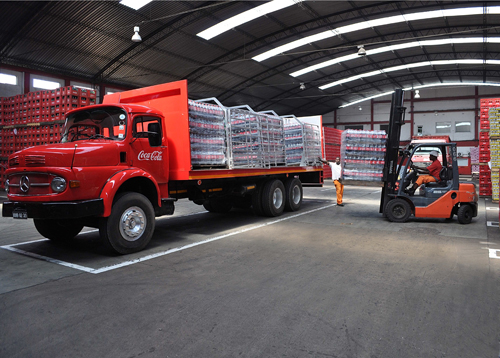LIMEP 2013
The 2nd Liberian Mining, Energy & Petroleum Conference & Exhibition (LIMEP 2013) will take place from 09 – 11 April 2013, in Monrovia, Republic of Liberia. This event is organised by the Ministry of Lands, Mines and Energy, in partnership with AME Trade Ltd.
LIMEP 2013 will focus on Liberia’s mining, energy and petroleum potential and their sustainable development. LIMEP will feature three days of conference sessions, a trade exhibition, round table discussions, seminars as well as touristic trips and mine site visits.




 Grafton-Africa.Manu-Apr13-Bro-s_0.pdf
Grafton-Africa.Manu-Apr13-Bro-s_0.pdf






